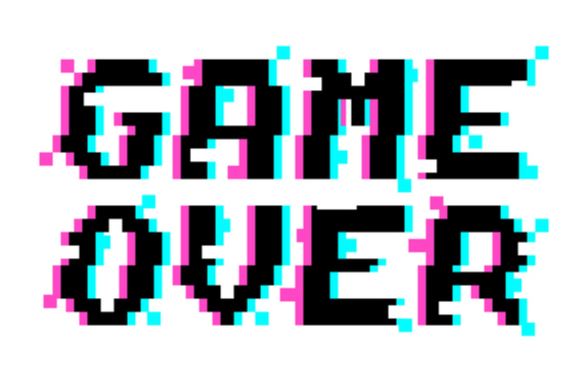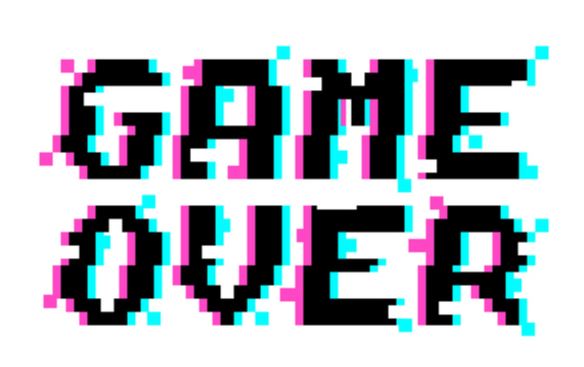Not every video game can thrill gamers and sell millions. Here are some titles that hit the “Game Over” screen entirely too quickly.

Pac-Man
How can the most famous and popular video games of all time land on a list of flops? Because of the limitations of technology in 1982. In the very early 1980s, Pac-Man became one of the first widely successful video games, generating billions for Namco as people around the world kept plugging quarters into arcade consoles to control the little yellow pie-shaped creature as it traversed a maze, ate white pellets, and avoided ghosts. Atari, the leader in home gaming consoles at the time with its Atari 2600, paid millions for the rights to “port” the game to its product. What should have been a sure thing was a disaster: Atari’s Pac-Man looked nothing like the iconic, arcade Pac-Man game play. The ghosts were different shapes and colors, and instead of white dots, Pac-Man ate little brown dashes. Seven million people bought a copy of Pac-Man for their Atari (because some Pac-Man is better than no Pac-Man), but Atari foolishly produced 12 million cartridges, thinking the attraction of Pac-Man would create five million new customers. The company had to destroy five million cartridges, the financial loss of which directly lead to Atari’s bankruptcy in 1983.
Duke Nukem Forever
The first three Duke Nukem computer games, released in the 1990s, played like cheesy ‘90s action movies: The title character sported dyed and cropped blonde hair and fought enemies with names like Dr. Proton. The fourth game in the series, Duke Nukem Forever, was announced in 1997 for a release the following year, along with a massive advertising campaign. And then things got delayed…and delayed…and delayed. Production of the game jumped between four different publishers. It wasn’t released until 2011—13 years late—at which point the premise was hokey and dated and gamers had moved onto many more things. Even worse: Video game magazines called Duke Nukem Forever one of the worst games of the year. Even worse than that: the game lost as much as $30 million.
Guitar Hero Live
The Guitar Hero series was one of the bestselling video game brands in the early 2000s. Games came packed with a plastic guitar that was used as a joystick—gamers pressed colored buttons that corresponded to action on the screen, enabling them to “play” along with famous rock songs. More than 25 million copies of various Guitar Hero games were sold, making it the third bestselling video game franchise ever, after Nintendo’s Mario games and Madden NFL. The Guitar Hero fad naturally petered out in 2010, and millions threw their plastic guitars into the back of their closets. In 2015, Activision revived the series with Guitar Hero Live. It was like the old games, but more technologically advanced—players could strum their fake guitar from the point of view of a musician in a live rock concert, or connect to and play along with an online library of music videos. But Guitar Hero’s time had come and gone—less than 700,000 people bought a copy of the reboot, and in 2018 Activision quietly closed down the online network.
Tony Hawk: Shred
What kid (or adult or that matter) wouldn’t want to enjoy what it feels like to skateboard like the legendary Tony Hawk? Apparently, quite a few. Tony Hawk: Shred required players to guy a “peripheral” to play—a wireless fake skateboard that the gamer stood and twisted on to control their virtual skateboarder. Reportedly, the skateboard didn’t properly or accurately translate a player’s motions to the screen, resulting in awkward and jerky game play. But it’s not as if many people even realized that—despite bearing Tony Hawk’s name, the game sold 3,000 copies the first week it was on sale in 2010








